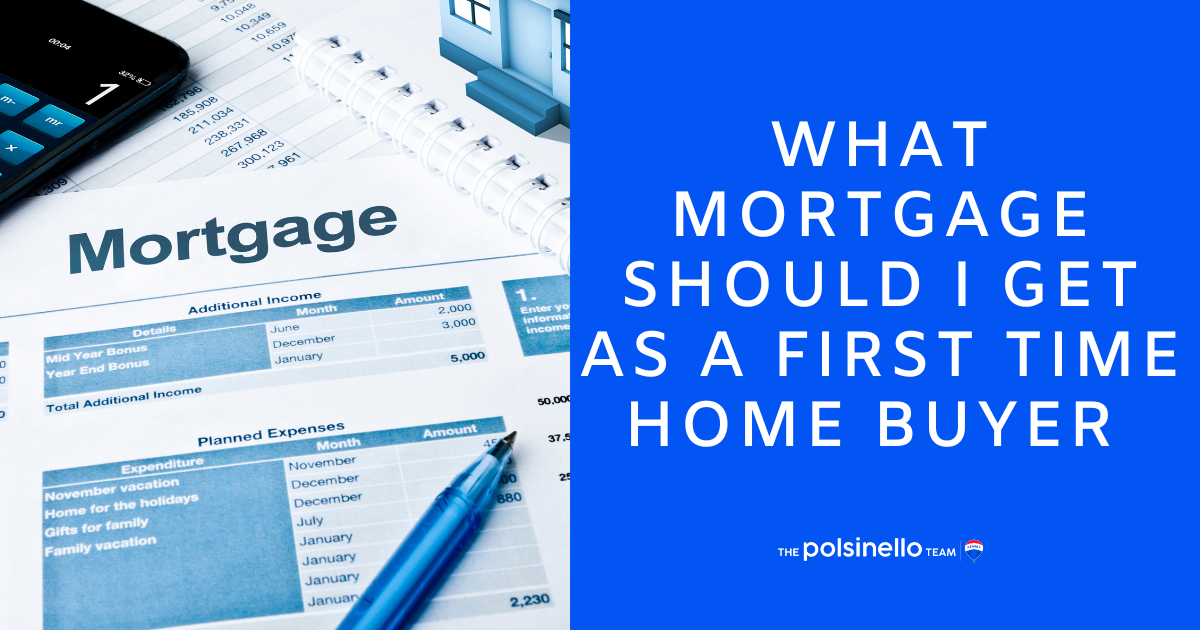
What Types Of Mortgages Area Available To Me As A Homebuyer In Ontario?
Buying a home is an expensive decision that requires careful consideration. Potential buyers should understand the different rates, amortization periods and penalties associated with each type of mortgage before they make their choice which often boils down to personal preferences like how much risk you're willing to take on or what interest rate would work best for your situation at this time in order get financing approved as quickly possible so it doesn't drag out too long waiting around!
Types of Mortgages
Open Mortgage
Lets buyers pay off debt whenever they want, without what's known as a prepayment penalty. This option provides flexibility, but interest rates are usually higher with open mortgages.
Closed Mortgage
Has a fixed term and conditions. Buyers can usually make a few prepayments each year without penalty. However, buyers who keep their mortgage for the full term may get a more attractive interest rate.
Conventional Mortgage
The lender registers the mortgage for the actual amount of the loan. The loan is registered as the amount borrowed and generally requires mortgage loan insurance if the down payment is less than 20%.
Collateral Mortgage
The lender registers the mortgage amount for more than the loan amount. This lets buyers "borrow" more funds in the future. There are no extra registration or mortgage discharge costs, and any legal costs may be lower, too.
Reverse Mortgage
This type of mortgage is generally for older adults who own their homes. A reverse mortgage allows owners to access up to 55% of their home equity without selling the home. By accessing equity, homeowners do not have to make payments. But interest on a reverse mortgage accumulates. This loan plus interest must be paid when the home sells or is no longer the principal residence.
What Is Mortgage Insurance?
When buyers put less than a 20% down payment on a new home, it's called a high-ratio mortgage. In case of default, banks must legally be insured. When a buyer can't make their mortgage payments, the loan insurance pays back the lender. There is a premium paid on mortgage loan insurance. This premium is almost always added to the mortgage amount but can also be paid in full when the buyer buys the house.
Do First-Time Home Buyers Have Special Options?
In short, yes. The Federal Home Buyers' Plan (HBP) lets first-time homebuyers borrow up to $35,000 per person. This money can be borrowed from a Registered Retirement Savings Plan (RRSP) without tax implications. The purchased home must be in Canada. Buyers don't have to start paying back the RRSP until two years after purchasing a home. There are some pros and cons to borrowing from an RRSP. For further details, contact the Canada Revenue Agency.
When buying a new home, it's important to learn about mortgages, rates and how to qualify. Buyers can get mortgage loans through a bank or a mortgage broker.
An experienced real estate agent can provide some basic guidance on mortgages. They can also refer buyers to a reputable mortgage lender.
Posted by Frank Polsinello on
Leave A Comment